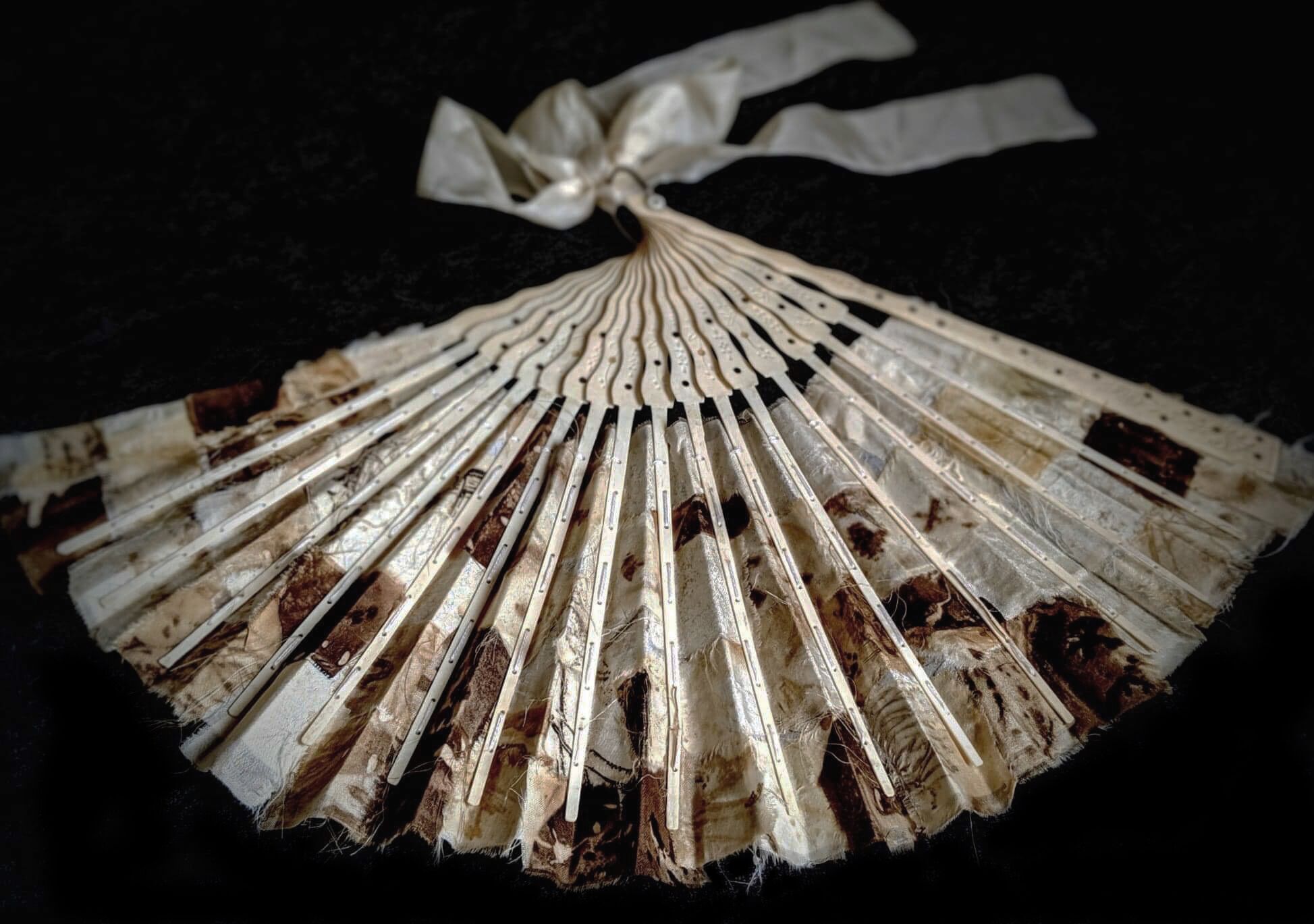
An exhibition will open at a gallery at Birmingham Dental Hospital and the University of Birmingham School of Dentistry investigating the link between teeth and the city’s historic Jewellery Quarter.
Created by internationally renowned artist Anna Dumitriu in collaboration with Dr Melissa Grant, a senior lecturer in biological sciences at the University of Birmingham’s School of Dentistry, the exhibition opens on Friday 4 October.
Held in the BHD Open Wide gallery, which is in the foyer of the joint site of Birmingham Dental Hospital and the University of Birmingham School of Dentistry, the exhibition will run until 17 January 2020 and will be open during Birmingham Dental Hospital opening hours.
The exhibition investigates the links between Birmingham Dental Hospital and the city’s Jewellery Quarter, as well as the strange histories and emerging futures of dentistry, from teeth worms, false teeth and the development of anaesthetics to 3D printing and the DNA of dental microbes.
Anna has created the new exhibition to explore the cultural and psychological impact of dentistry inspired by Birmingham Dental Hospital’s existing collection of historic artefacts.
She explained: “When I first began this project I had no idea just how truly fascinating and, at times, downright bizarre the history of dentistry was, let alone its central importance to the development of medical science and surgery or how closely linked the whole field is to jewellery-making.
“It has been amazing to work with researchers from across Birmingham Dental Hospital and the University of Birmingham to develop the project, from medical historians and microbiologists to surgeons and false teeth makers.
“I hope audiences will enjoy the artworks and the stories behind them as much as I have making the artwork.”
Dr Grant, of the University of Birmingham’s School of Dentistry and curator of the collection, added: “Working with Anna on this project has brought alive the history of dentistry and put it in the context of our contemporary research at the School of Dentistry and Birmingham Dental Hospital.
“Our historical collection has roots in the 1700s and holds important examples of the practices and tools spanning the years from then until now.
“Anna has worked in our laboratories, examined the historical collection, and had access to the clinicians and researchers to get under the skin of the department and make artworks deeply embedded in history and contemporary dentistry.”
The Birmingham Dental Hospital was founded in 1858, predating both the NHS, which was founded in 1948, and the University of Birmingham which was founded in 1900.
It provided dental education and service, and though it moved often, it was always close to the Jewellery Quarter until in 2016 when it relocated to Edgbaston.
Birmingham, and its Jewellery Quarter in particular, has been known as a pioneer of major technological advancements since the industrial revolution.
Workers in the Jewellery Quarter were known, not only for their jewellery skills, but also for making pens and whistles. Their expertise adjacent to the dental hospital contributed to the development of tools and materials for the dental industry.
This exhibition marks the tenth exhibition at the BHD Open Wide gallery and has been supported by Arts Council England. Artworks in the exhibition incorporates a range of media including 3D printed silver, DNA, sterilised bacteria, altered found artefacts and textiles.
- At the University of Birmingham’s Barber Institute of Fine Arts on Wednesday 20 November, Anna will discuss her artistic practice and the Teeth Marks project, which will be followed by a discussion with Dr Grant with audience questions. This event is in collaboration with the Barber Association